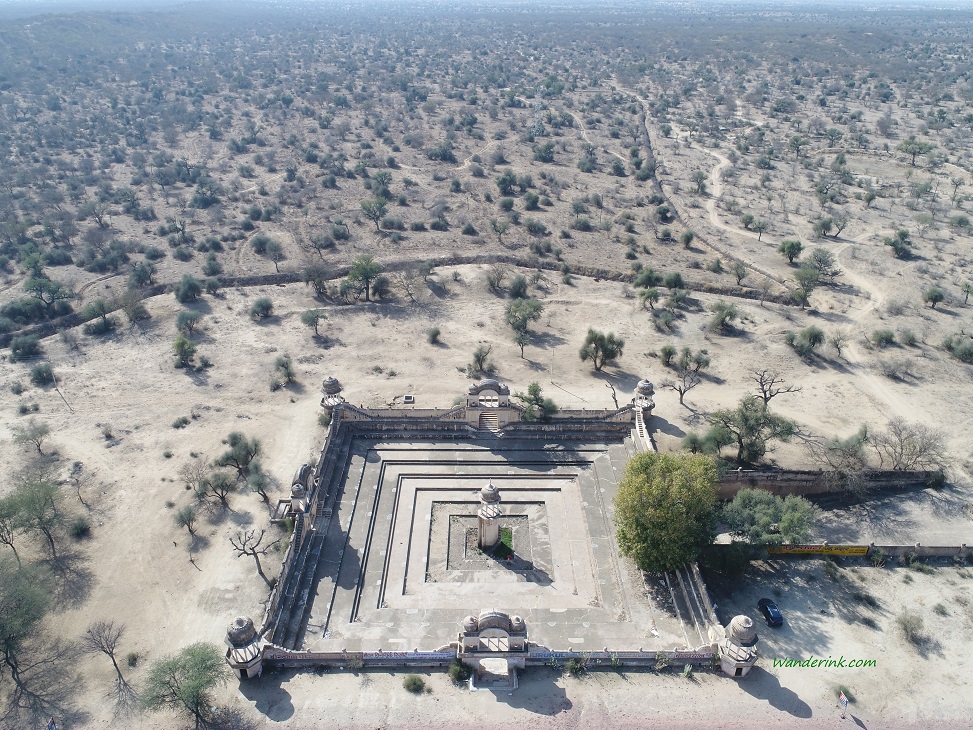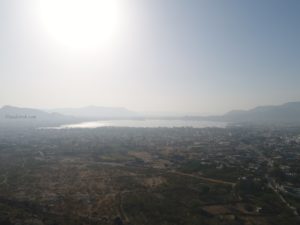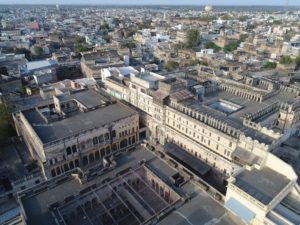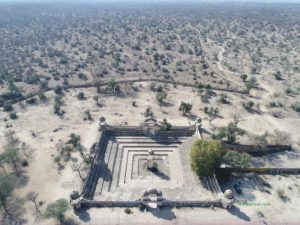Toll plazas judder me. I have never passed through any without my mind wrought, eyes blazing, head giddy and generally feeling violated. True, there have been happy occasions where I gave a lift to an old man who was a plaza manager by dint of which I didn’t have to pay not one but three tolls. The ‘toll plaza 1 km ahead’ is where I begin to scan the area for possible circumventing routes; then these collectors have the area fenced in in such a way that would probably daunt a Mexican. The gigantic signboard with the list of those exempted from paying – beginning with the president of the country – is where I grit my teeth and clench my fists; passing motorists shake their heads solemnly like I am afflicted by a sad tic. The list is of those who can actually afford these tolls. I mean, there is nothing even noble about this list – lifesavers, or even those policemen who are living on a pension who have won honours in their working years are not spared. The final rumble strip is where I shake my head violently gauging the dent it will leave on my budgets.
I ask the guys who man these booths things like ‘do you realise this is daylight robbery? Maybe if you reduced your toll amounts you wouldn’t have to appoint that bunch of Mr India finalists over there ready to spring at getaway drivers?’ But these I ask in earnest English; more than kinky kicks, it is a virulent vent for me. Without much winkle I extract from these guys an earnest response as well delivered under their breaths. Once or twice I have picked the words ‘gaandu’ and ‘angrez ki aulad’ which puts us on an even keel. The best I do in terms of retaliation is count the balance carefully, smooth the tenners out before folding them again, handle the paisa change like mother of pearls, peer around as if checking for the mandatory ambulance and toilets – usually next to each other. In short, I mess with who I can under the circumstances – usually the driver behind me. The toll booth operator, gratitude-less, uses the interlude to check the paused video on his mobile phone.
Driving on any highway in India you cannot shrug off the feeling of eager anticipation the builders and contractors – sometimes the same folk – must have undergone to built these fee collection centres. The National Highway Authority of India mandates a minimum distance of 60 km between toll plazas and boy! do they come up on the dot! The NHAI further directs the builder/contractor to reduce the fee progressively once the construction cost is recovered – but loopholes are plenty and concession regulations are a grey area ensuring you are saddled with tolls for a lifetime. Once the building money is recouped, the contractor can keep collecting for its maintenance. This, in turn, is a variable dependent on tunnels, bypasses and bridges on the particular stretch. When the government runs ads reminding us to pay taxes so they can build more highways for us, my simple mind asks ‘why are you then collecting user fees?’ Apparently there is a difference between tax and toll: tax is marrying someone because she is jobbed and toll is expecting her to bring dowry as well.
Driving from Delhi to Ajmer to Jaipur and back via the Shekhawati region of northern Rajasthan during a short break this Spring, we covered almost 1,500 km in three days. And paid, on average, one rupee every two kilometres as user fee. Delhi to Jaipur used to be a stretch which, till about a few years ago, provided some remarkable craggy vistas especially as you entered Rajasthan. And for the sheer driving pleasure – you and the road that snaked toward the horizon with minor calibrations around lingering hillocks, simooms bent on sharing a furious tale, bramble-fringed mottes breaking the monotony of brown – you didn’t really mind paying. But today your eyes are besieged by that apology to industrialisation – industrial corridors. The states you pass through, Haryana and Rajasthan, are back-to-back pivots of this exercise.
Despite being a highway, you still get stuck in traffic jams caused by gargantuan goods carriers with tassels hanging from their side mirrors making a beeline for the serried rows of warehouses flanking the road. Whatever was left of little sandy patches have been taken over by concrete conurbations of gulag-style godowns painted a uniform dull white. Same meaning lines of different manufacturer ads of cement and TMT adorns these walls. The sheer number of roadkills suggest an end more gory than accidental deaths – suicides, why not! Research, one day, will reveal the capability of animals too to take their own lives. The blame shall be put squarely on the corridor planners blessed with the fecundity of those who design emplacements.
To reclaim the spirit of a road trip, we decided to return to Delhi via Shekhawati, 14,000 square kilometres of arid, adobe-coloured earth with towns whose names are synonymous with heritage like Churi Ajitgarh, Mandawa, Fatehpur, Sikar, Jhunjhunu, Nagaur and Churu. Towns spilling over with grand havelis, elaborate ponds and ornate cenotaphs. From Jaipur take the Sikar exit on to the Jaipur-Bikaner highway. This route extends the 270 km it takes along the NH 8 by another 100 km. A few kilometres from Churu, we stopped by a dried up pond built like the perimeter wall of a castle to scale, replete with ramparts and turrets at every corner. The entrance was miniature majesty, with intricate, domed arches opening to a stepped catchment area that led to another tower in the middle. Besides water conservation, these were commissioned by the rich Marwari merchants of the area to help the locals tide over famines through job generation. Trucks whizzed past sending gusts of wind that swayed my drone camera prompting repeated ‘fly with caution’ warnings. Some of the drivers gestured at us if everything was alright.
Some insensitive spillover from the morning in Jaipur, a fricative air prevailed in the car. This would soon dissipate with the kitsch at a gaily painted haveli-hotel later in Churu but right now we were glued outward. We were traversing heritage territory and there was enough to keep us hooked, silent. Delightful little sandstone pillars announced our entry into Jhunjhunu. Blink-and-miss signages announced ancient forts like Nawalgarh and Badalgarh on the way. Another one proudly proclaimed the Dundlod haveli as a heritage hotel now. There were a few functional toll plazas since Jaipur but what I remember are some skeletal structures shimmering in anticipation under the bone-white rays of the desert sun. Passing through the stumps where the damned barriers would be eventually fitted I couldn’t help shrug off feeling like the President.
(Instead of using photographs of toll plazas, I decided to use some aerial shots I took during the trip. Hope this has allayed the tedium of the topic.)














